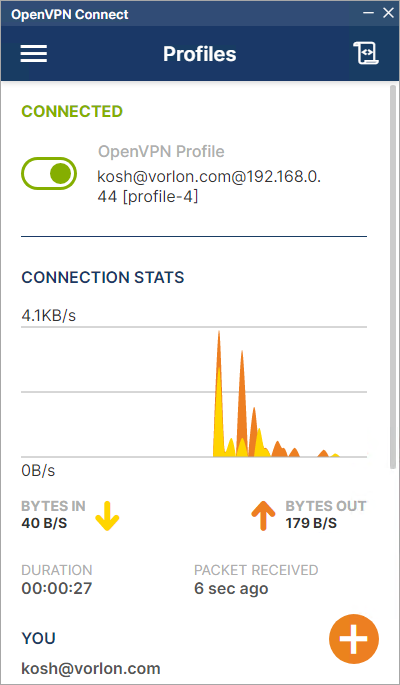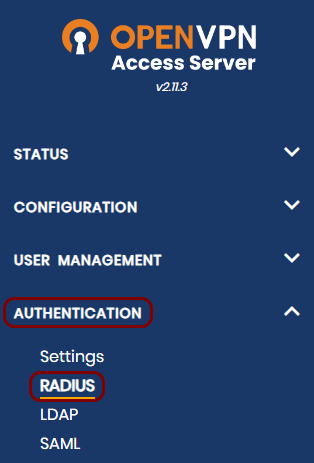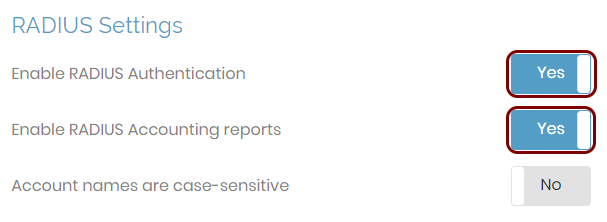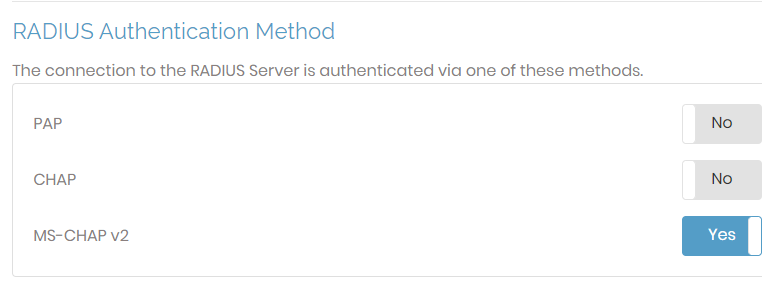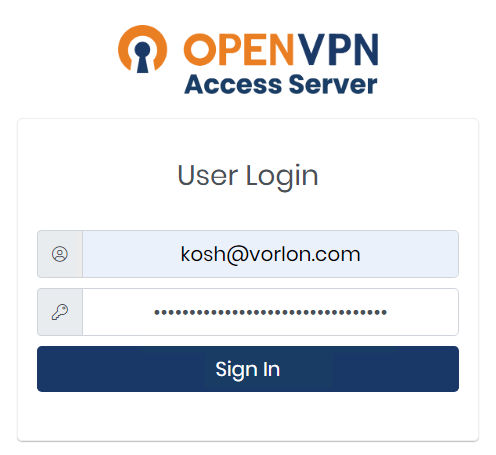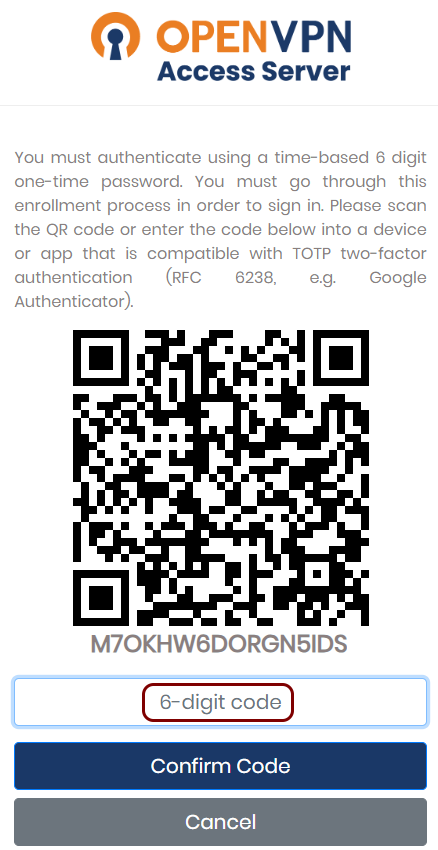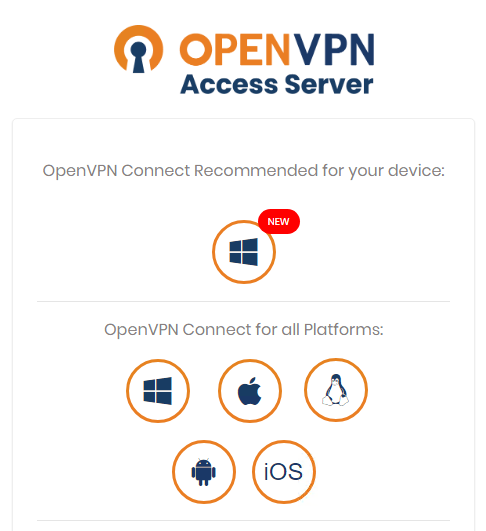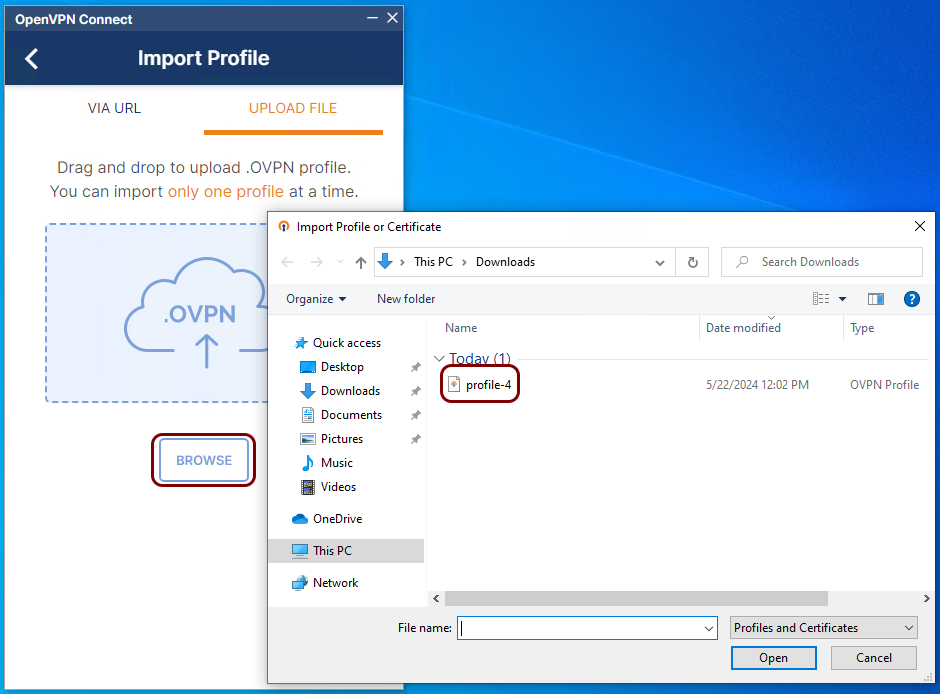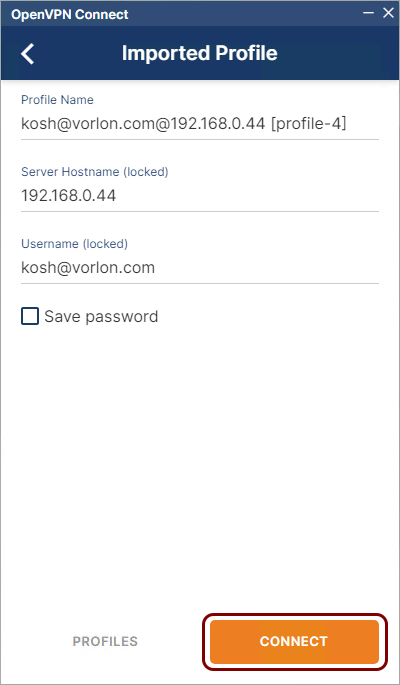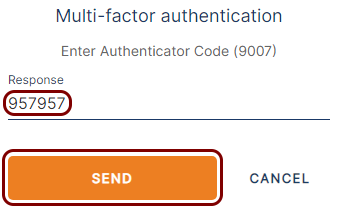VPN – OpenVPN
In this topic, you will set up the OpenVPN Access Server to use the Portnox Cloud RADIUS servers for authentication.
Important:
This guide provides general instructions for integrating Portnox Cloud with specific
third-party devices. While we aim to provide helpful examples for commonly used models, configurations may vary across
manufacturers, models, and environments. As a result, we cannot guarantee that these steps will work in every
scenario. For questions or issues related to RADIUS setup – which is an industry standard and not specific to
Portnox – or device-specific settings and troubleshooting, we recommend consulting the device manufacturer’s documentation
and contacting their support team. While Portnox Support is happy to assist where possible, please note that detailed
configuration of third-party devices is typically best handled by the manufacturer.
Important:
All values in this configuration are examples. Make sure to adjust the configuration to
your individual profile names, RADIUS server addresses, ports, and keys by replacing the values that are presented as
underlined italics.
Configure the OpenVPN Access Server
In this section, you will add the Portnox Cloud RADIUS server information to the OpenVPN Access Server configuration and set RADIUS as the default authentication method.
Test your connection using the OpenVPN client
In this section, you will optionally test your configuration by establishing a VPN connection to the server from a client machine using the OpenVPN client.
Note:
In this example, we are showing how to establish the connection from a Windows system, but the OpenVPN client is
available for many platforms.
Result: The VPN connection is established successfully.
